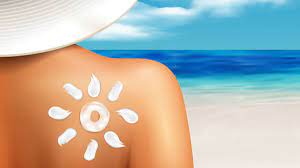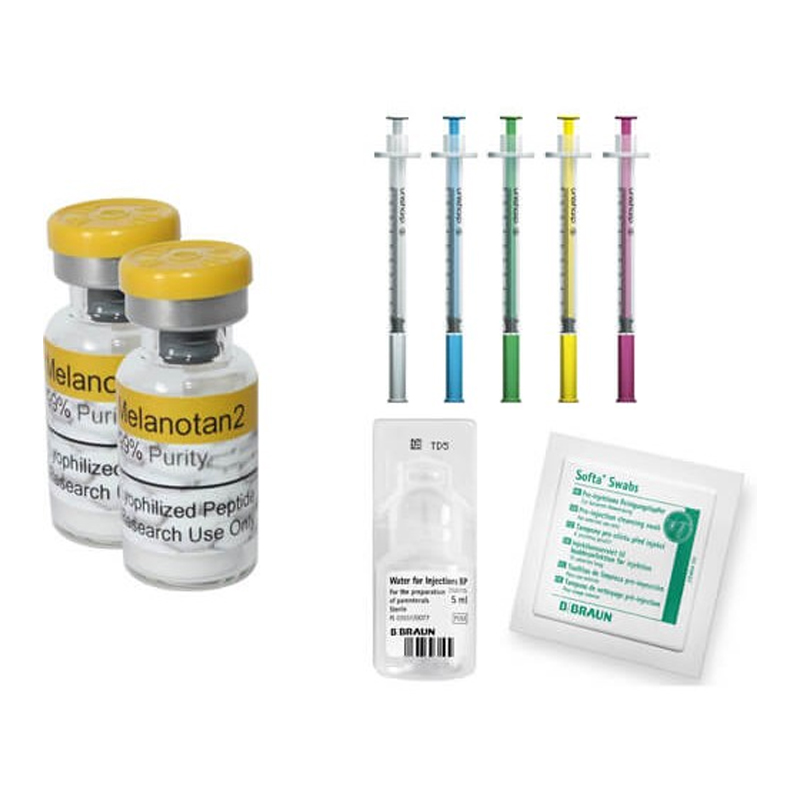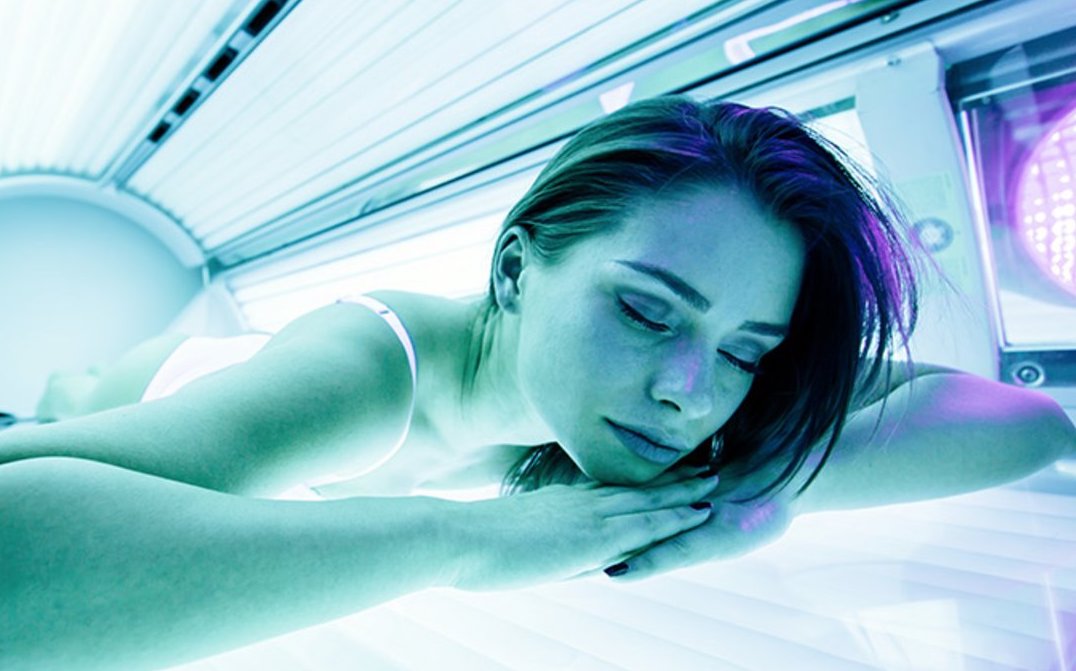Winter’s here, and while cozy sweaters and hot cocoa are perks, your skin might feel…

Top 10 Safe Tanning Tips for a Beautiful Glow
Top Tanning Tips: A Comprehensive Guide to Safe and Effective Tanning
Tanning can give your skin a healthy glow and boost your confidence. However, it’s important to tan safely and responsibly to avoid damaging your skin. In this blog post, we’ll share the top tanning tips to help you achieve a beautiful, natural-looking tan while keeping your skin healthy and protected.
- Start with a clean slate
Before you start tanning, make sure to exfoliate your skin to remove any dead skin cells and prepare your skin for an even, smooth tan. Use a gentle exfoliating scrub or loofah to slough away any dry, flaky skin. This will help your skin absorb tanning products more evenly and prevent streaks and blotches.
- Protect your skin with sunscreen
Sunscreen is your best defence against the harmful effects of UV rays. Choose a sunscreen with a high SPF (at least 30) and apply it liberally to all exposed areas of your skin, including your face, neck, and ears. Reapply every two hours or more frequently if you’re swimming or sweating.
- Choose the right tanning method
There are several ways to tan, including outdoor tanning, indoor tanning, and self-tanning products. Outdoor tanning is the most natural way to tan, but it’s important to avoid tanning during peak hours of sunlight and to wear protective clothing and accessories. Indoor tanning can be a convenient option, but it’s important to follow the manufacturer’s instructions and use the tanning bed for the recommended amount of time. Self-tanning products are a safe and effective way to achieve a tan without exposing your skin to harmful UV rays.
- Gradually build up your tan
If you’re new to tanning or have fair skin, start with short tanning sessions to allow your skin to gradually build up a tolerance to UV rays. This will help prevent sunburn and skin damage. Don’t tan too frequently or for too long in one session, as this can increase your risk of skin damage and skin cancer.
- Stay hydrated
Tanning can be dehydrating, so make sure to drink plenty of water before and after tanning. This will help keep your skin hydrated and prevent dryness and peeling.
- Moisturize your skin
Moisturize your skin before and after tanning to help prevent dryness and peeling. Use a moisturizing lotion or oil to keep your skin soft and supple. This will also help your tan last longer and fade evenly.
- Protect your eyes
UV rays can damage your eyes, so make sure to wear protective eyewear when tanning. Use goggles or sunglasses that block UV rays to protect your eyes from damage.
- Avoid tanning in sensitive areas
Avoid tanning in areas that are sensitive or prone to burning, such as your face, chest, and bikini area. If you do tan these areas, make sure to use a higher SPF sunscreen or cover them with clothing or a towel.
- Listen to your body
Always listen to your body and if you experience any discomfort or unusual symptoms during tanning, stop immediately and seek medical attention if necessary. If you notice any changes in your skin, such as new moles or lesions, make an appointment with a dermatologist to get them checked out.
- Be patient
Achieving a natural-looking tan takes time and patience. Don’t rush the process or expose your skin to excessive UV rays in an attempt to achieve a darker tan. Take your time and enjoy the process of tanning safely and responsibly.
In conclusion, tanning can be a safe and enjoyable way.




This Post Has 0 Comments